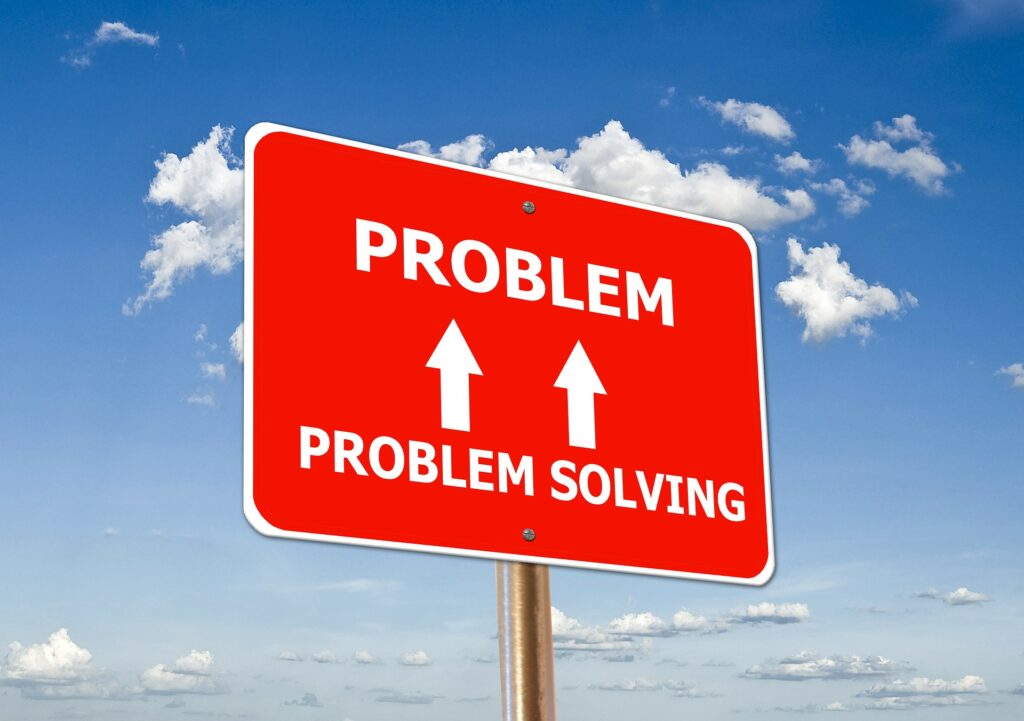Broken Garage Door Remote?
Is your garage door remote broken?
If the day arrives that you drive up to your garage door and it doesn’t respond to your door remote, we hope that you have the key for your front door, or someone else is home who can open the door for you. In any case, we have created a list of reasons the garage door won’t open or close to help you troubleshoot the possible issues. Here are some tips to help you get your garage door working again:
If the remote won’t close the door
If you try to use the garage door remote, and nothing moves, but the wall control still functions, it might be an issue with the eye sensors. So long as they’re lined up correctly and are clean, the light on the eye sensor ought to be glowing and not blinking.
If the door closes, but immediately goes back up, it could be a couple of things. The first is that there’s something in the way of the door closing. Another possibility is that the door’s open and close limits are incorrectly set. Your garage door works by identifying when it hits the ground. It will register that there’s a foreign object and stop. To get assistance with calibrating the limits, consult the owner’s manual.
If there’s an extra remote, try using that one too. If it doesn’t work, there are a few more things you can try.
Identify the power plug on the ceiling and investigate if the remote has been unplugged. It’s startlingly simple, and yet so often it is overlooked.
Next, look at the control pad. It may be locked, which will prevent the door from opening. Try unlocking it and see if that fixes the problem.
If only one of the remotes has failed, there are two possibilities. The first is that the battery needs to be replaced. The other is that it needs reprogramming. Since every garage door is programmed differently, you might need to consult your instructions or investigate online programming tips.
Signal interference
Occasionally, LED lights inside the garage can prevent a remote from working. The lights can block the signal from the remote to the antenna. In this situation, you may want to change the light bulbs to CFL. Also available are Genie LED bulbs that work without creating any interference.
Mysterious happenings
If your garage door opens and closes mysteriously without prompting, you might feel like there’s a ghost in your garage, someone else’s remote is on the same frequency, or that burglars have found a way to open the door. Usually, it isn’t as exciting as that. There might be a short circuit. It’s not as enthralling as the other situations, but it’s the most likely to occur.
If your garage door remote doesn’t work anymore, or the door has stopped working, consider these suggestions. If you can’t get your garage door working on your own, call us. We would be more than happy to help.
